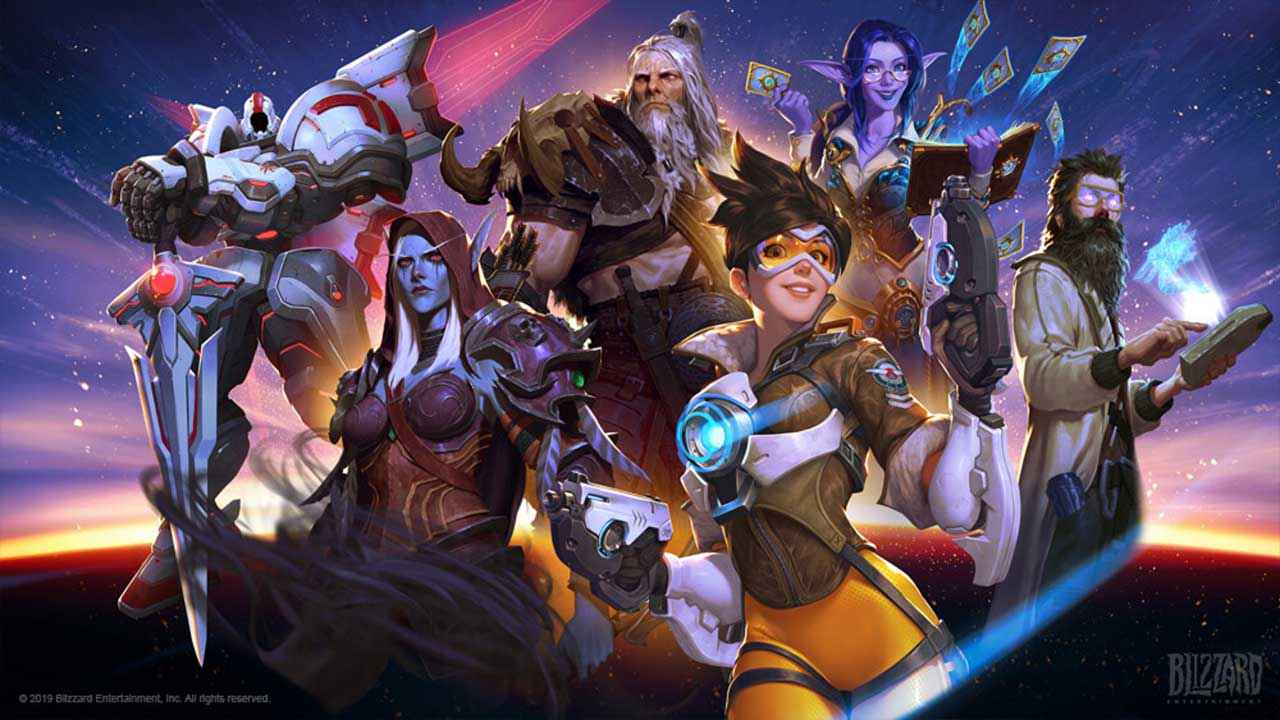Blizzard : The Company Is At Crossroad All By Itself

One month prior, Jeff Kaplan declared that he would leave Blizzard. His takeoff finished a long term vocation at Blizzard wherein he created two of the main games at any point made — World of Warcraft and Overwatch. A darling figure at Blizzard, Kaplan’s flight started an overflowing of feeling from fans and engineers the same.
“He was true when he bid the group goodbye and let them realize how glad he was of all that we were all ready to achieve together and how certain he was in what a ton of us consider to be one of the best advancement groups in the business,” said Aaron Keller – who succeeded Kaplan as Overwatch 2 chief — in a meeting with IGN. “It was a passionate second to hear that from somebody who you knew implied it and trusted it.”

In any case, under the feeling of Kaplan’s takeoff was a seriously upsetting story that had been fermenting since at any rate 2018. In the event that you’ve been following Blizzard for any measure of time, it’s hard not to see the surge of ability from all aspects of the business. While Blizzard says its deliberate turnover is essentially under industry normal and that takeoffs among engineers who have been with the organization for more than 10 years are truth be told diminishing, a few high-profile flights have added to the sense among fans, media, and numerous inside the organization that Blizzard is encountering a departure.
Blizzard Goal By Developers
With an end goal to comprehend what’s been going on at Blizzard, I addressed different current and previous Blizzard workers, some on the state of namelessness. I was likewise ready to talk on the record with three veteran Blizzard chiefs, every one of whom have been with the organization for over 10 years presently, just as investigators and financial backers acquainted with the organization’s present conditions. The image that arises is convoluted. Large numbers of the engineers I addressed are as yet faithful to what Blizzard addresses to them, regardless of whether they are more blended on a portion of the progressions to it in the course of recent years.
Be that as it may, regardless of whether they are partial to Blizzard’s set of experiences and culture, many are as yet deciding to leave. A portion of the takeoffs are a characteristic outcome of the burnout that accompanies dealing with a similar game for over 10 years, others are on the grounds that they sense a chance to pursue their fantasy project in an industry as of now inundated with investment. Also, some are on the grounds that they feel Blizzard has been on the decrease in the course of the last three or four years in the midst of cutbacks, spending cuts, and an absence of significant deliveries, and that it’s an ideal opportunity to proceed onward.
This has left Blizzard at a junction, and it’s indistinct how might affect the dearest distributer as it attempts to outline a re-visitation of the wonder that characterized its greatest years.
Snowstorm, by and large, breathed out when Overwatch was delivered. It was a gravely required success after a period where significant deliveries including Diablo 3, StarCraft 2, and Heroes of the Storm all battled to some degree somewhere in the range of 2012 and 2016. Subsequent to battling so hard for such a long time to sort out what was “next” after World of Warcraft, Blizzard at last appeared to have an answer.








